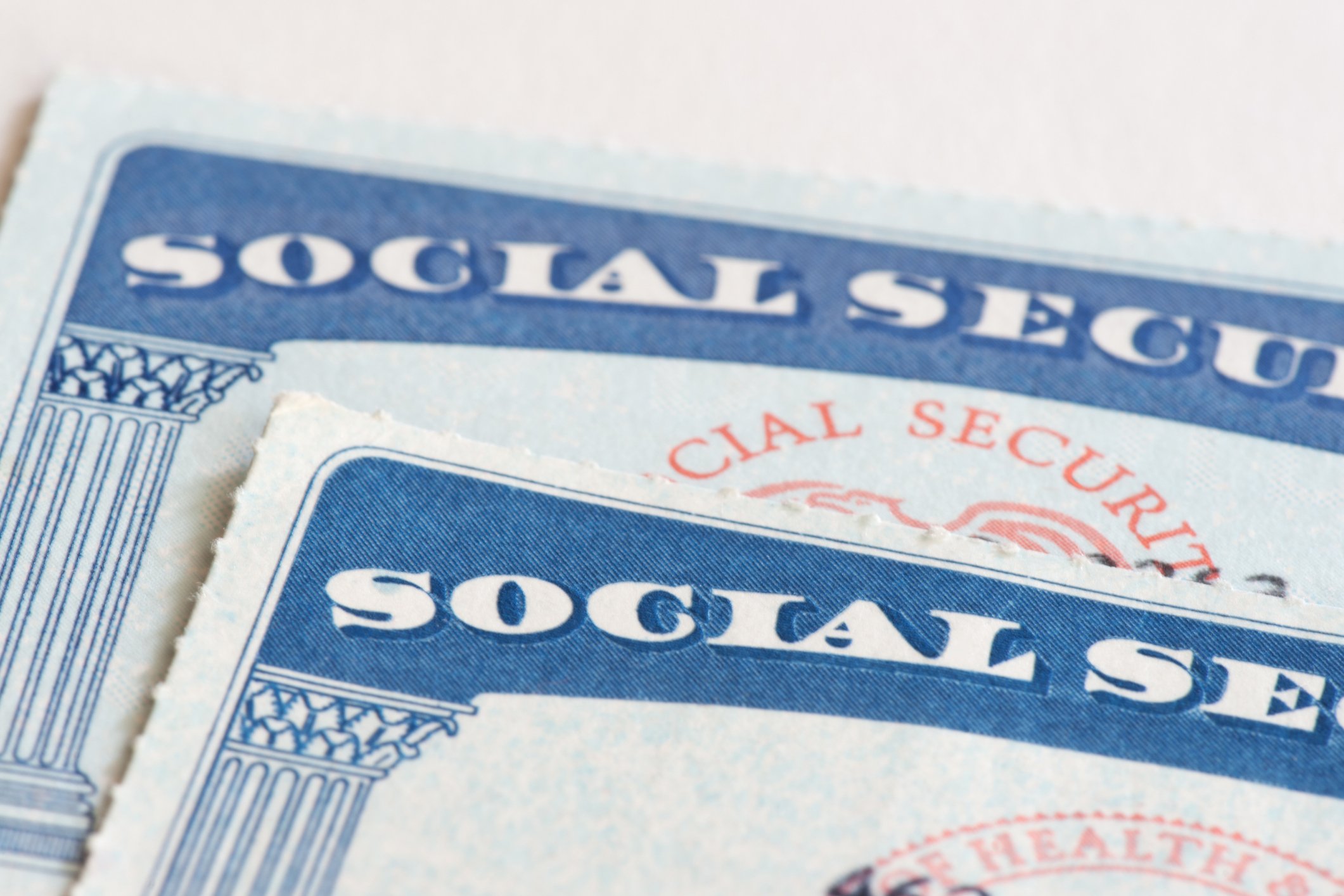
Image source: Getty Images.
For seniors there's probably no social program more important than Social Security. According to the latest data from the Social Security Administration, 61% of all beneficiaries are receiving at least 50% or more of their monthly income from Social Security. If this additional source of income weren't there for the 40 million-plus retired workers currently receiving benefit checks each month, many could struggle to make ends meet.
But have you ever stopped and wondered how the Social Security program is financed, as well as where all the revenue generated goes once collected? Wonder no more, as the Social Security Administration (SSA) has opened its books on its 2015 benefits data.
Understanding how Social Security is financed
Think of Social Security as a budget-neutral program, or "pay-as-you-go" as the SSA prefers to describe it. In 2015 the program collected $920.2 billion in revenue, and it used all $920.2 billion collected. The following easy-to-understand chart helps Americans understand how the Old-Age, Survivors, and Disability Insurance Trust (OASDI) is funded, and where that money ultimately goes.
Image source: Social Security Administration.
As you can see from the above chart, Social Security is funded in three ways: payroll taxes, interest, and taxation of benefits. Let's take a brief look at each method.
- Payroll taxes: Payroll taxes comprise the lion's share (86.4%) of funding for the OASDI. All working Americans pay into the OASDI at a rate of 12.4% of their earned income up to the earnings cap level of $118,500 as of 2016. Typically, you and employer split the tax liability down the middle (6.2% each), with self-employed individuals covering the full 12.4%. The earnings cap means that any earned income above and beyond $118,500 isn't taxable by Social Security. This earnings cap tends to increase with inflation on an annual basis.
- Interest: Though a substantially smaller contributor, interest earned on Social Security's spare cash generated 10.1% of its revenue in 2015. Right now the OASDI has more than $2.8 trillion in spare cash, which is invested primarily in specially issued government bonds and certificates of indebtedness. The Federal Reserve's policy of keeping lending rates low to entice businesses and consumers to borrow is viewed as a boon for the U.S. economy, but for fixed-income assets like bonds it's not good news. Within a few years the remaining special issue bonds will likely all be yielding 3.5% or less.
- Taxation of benefits: Finally, about 3.4% of Social Security's revenue is derived from taxing benefits paid to beneficiaries. Whether you realize it or not, Social Security benefits are taxable if you earn more than $25,000 as an individual in 2016, or more than $32,000 as a joint filer. Up to half of your benefits become taxable once you reach this level, with up to 85% of your benefits taxable if you earn more than $34,000 as an individual or $44,000 as a joint filer. The Senior Citizens League estimates that more than half of all current beneficiaries are paying at least some tax on their Social Security benefits.

Image source: Getty Images.
Where the money goes once collected
Now that we've examined how Social Security is funded, let's take a closer look at where all of that money goes once it's collected.
Referencing the chart above once more, you can see four categories where these funds wind up: benefit payments, increase in Trust funds, administrative expenses, and Railroad Retirement financial interchange.
- Benefit payments: One of the most positive aspects of Social Security is that the vast majority of the funds collected go directly to beneficiaries of the program. In 2016, of the $920.2 billion collected, 96.3% was paid to beneficiaries, most of whom are seniors. This implies that just $34 billion of what was collected didn't make it into the hands of eligible beneficiaries last year.
- Increase in trust funds: Before you get angry and want to know what happened to that $34 billion, keep in mind that $23 billion of that $34 billion, or 2.5% of all money used, went into the OASDI's spare cash fund. Although Social Security is on track to burn through its spare cash by the year 2034, the program will remain cash flow positive for a few more years. The Trustees predict that we'll see a shift from a cash inflow to outflow by the year 2020.
- Administrative expenses: Less than one percent of the money collected by the Social Security Administration (0.7%) goes to pay for the employees and infrastructure that supports the SSA. This works out to just $6.4 billion out of $920.2 billion to keep the program running.
- Railroad Retirement financial interchange: Finally, a very small amount (0.5%) of annual funds is set aside for the financial interchange between the highly similar Social Security and Railroad Retirement programs. Per the SSA, the financial interchange "is intended to put the Social Security Trust funds in the same position they would have been in if railroad employment had been covered under the Social Security Act."
Two of the most interesting takeaways from the SSA's open book data on its funding and cash outflow are 1) that the agency is really quite efficient, with just over $6 billion in annual administrative costs, and 2) that revenue generated from interest is probably a much smaller percentage of annual revenue than you may have imagined.






